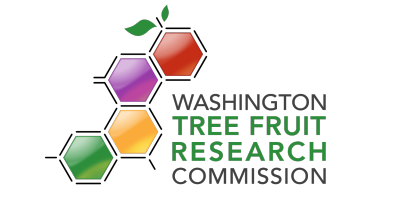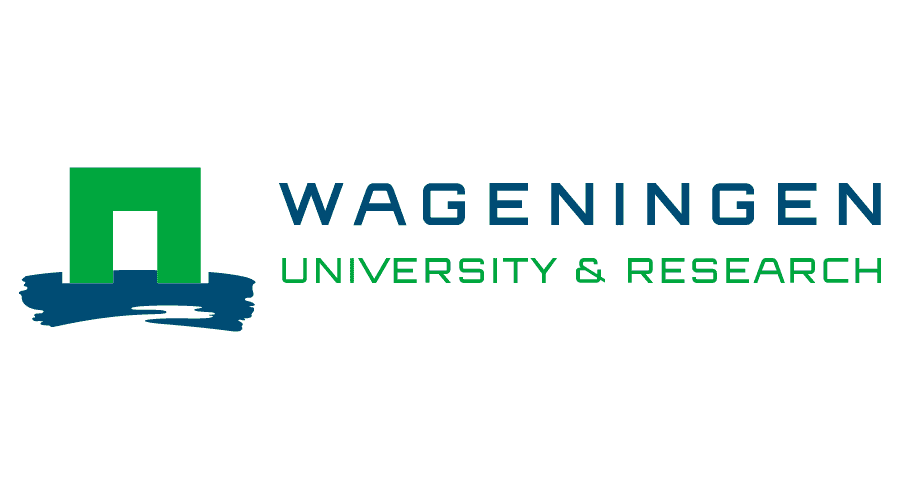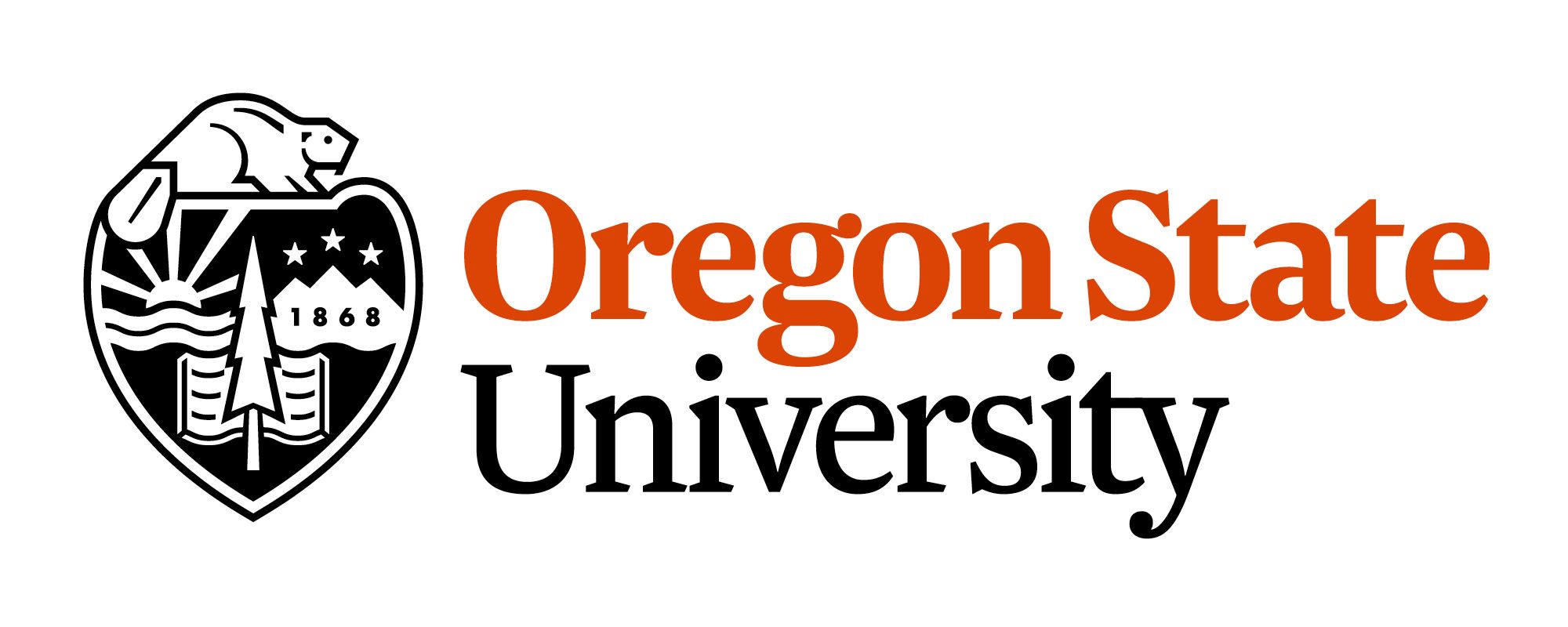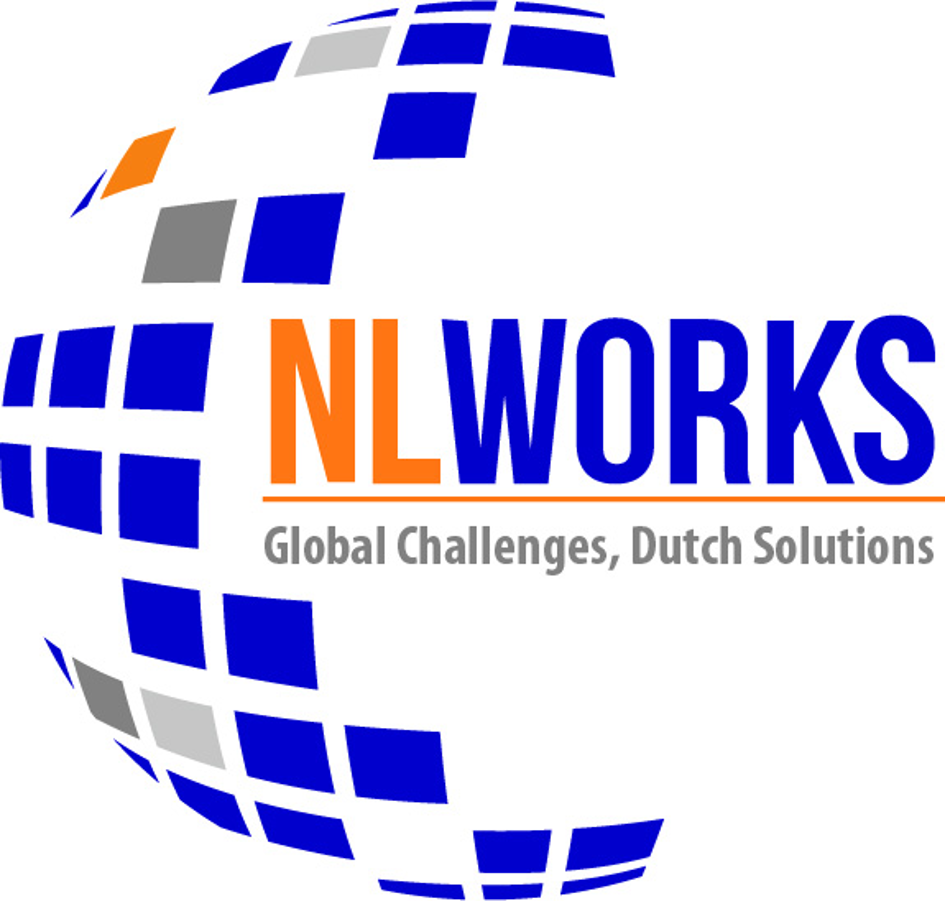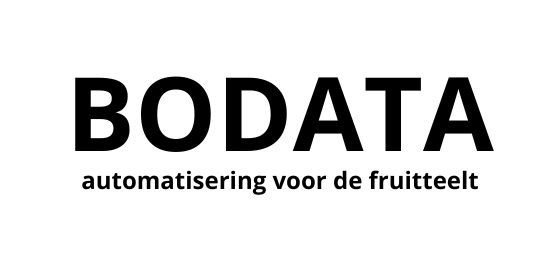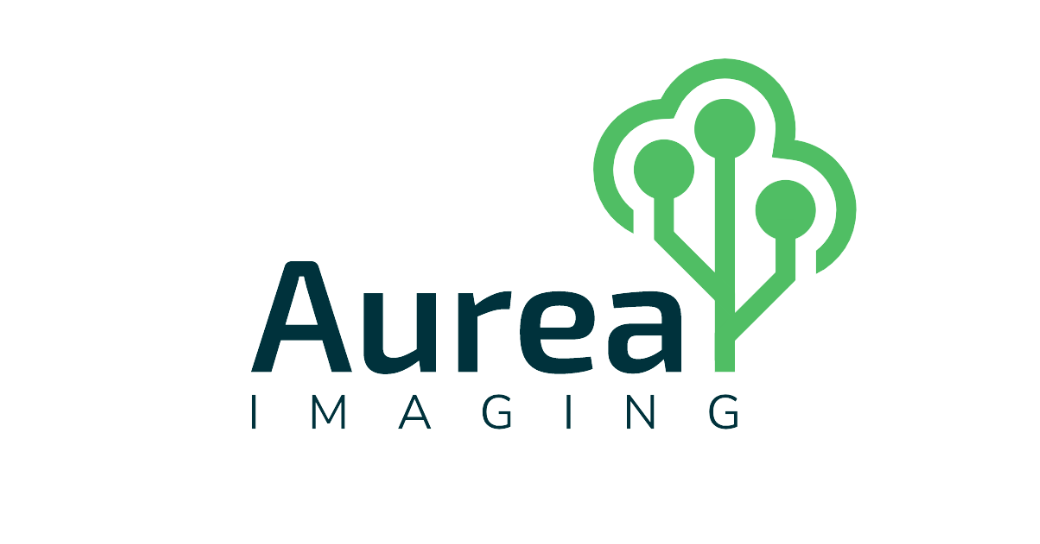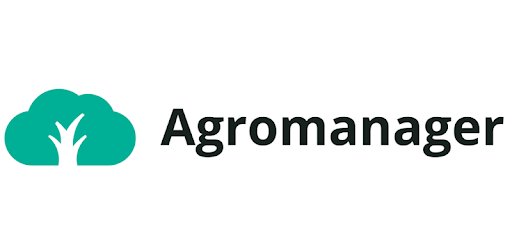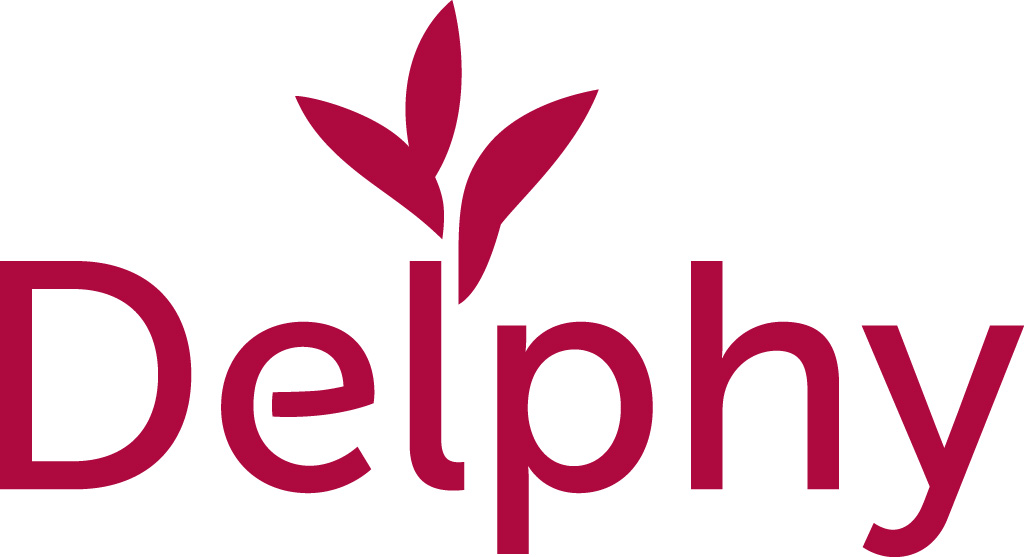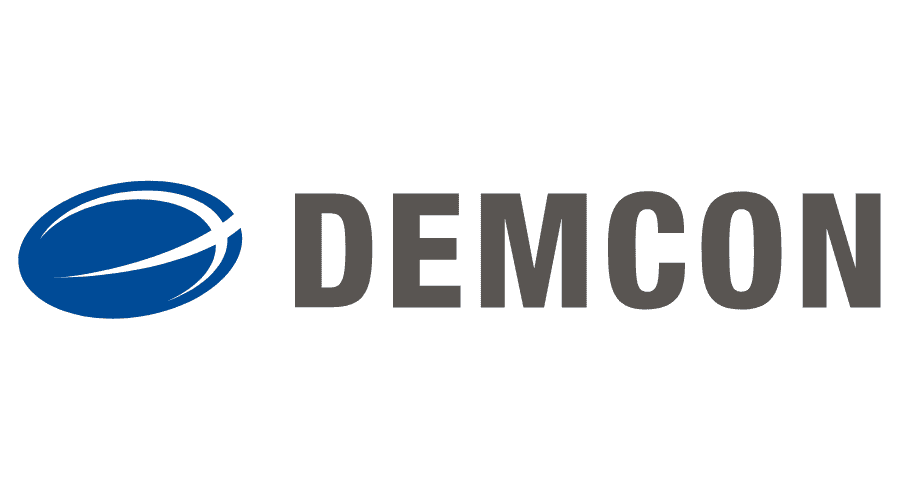Under the OotF umbrella, American and Dutch partners are working closely together to drive technological innovation in fruit cultivation. From precision spraying and disease detection to automation and nutrient efficiency, the current projects show how research and application reinforce each other across borders. With structural funding from, among others, the Washington Tree Fruit Research Commission, promising ideas are being developed into practical solutions. Below is an overview of ongoing projects that illustrate the strength of this collaboration.
The projects
Precision spraying at tree level gains international momentum
Project: Sensor Driven Precision Spray
Organizations: Innov8 Ag (US), Aurea Imaging (NL), Washington State University
Duration: 2024 to 2026
Funding: 149,850 USD
This project focuses on an integrated system for precision spraying. By combining sensors, RTK GPS and prescription maps, it becomes possible to dose per tree. Applications include blossom thinning and growth regulation. US growers and suppliers are actively involved in testing and evaluation.
Benefits: reduced input use, increased effectiveness, strong collaboration between tech developers, growers and suppliers.
Dutch expertise validated under US growing conditions
Project: The Next Fruit 4.0 Follow Up
Organization: Wageningen University & Research
Duration: 2025
Funding: 54,000 USD
This follow-up builds on earlier work under the Next Fruit 4.0 program. The focus is on completing and validating technologies such as cameras, sensors and algorithms for pruning, harvesting and thinning. Testing under US conditions provides valuable insights for adoption.
Benefits: higher likelihood of market acceptance and stronger alignment between research and practice.
Automated harvesting expands to more apple varieties
Project: Stem Clipping for Automated Harvest
Organization: Advanced Farm Technologies
Duration: 2024 to 2026
Funding: 250,000 USD
Not all apple varieties are suitable for robotics due to stem attachment. This project develops a method to automatically clip stems, making more varieties accessible to robotic harvesting. Testing is conducted under commercial conditions.
Benefits: lower labor pressure, faster harvest, improved fruit quality.
AI-driven early detection of tree diseases
Project: Training Vision Systems to Detect Little Cherry Disease in Orchards
Organizations: Orchard Robotics, Washington State University
Duration: 2024 to 2026
Funding: 69,635 USD
Little Cherry Disease is hard to detect in early stages but causes major losses. This project uses vision systems and machine learning to recognize symptoms earlier and more reliably.
Benefits: faster intervention, limited disease spread, better-informed decisions at orchard level.
Smarter nutrient strategies through data and variable rate application
Project: New Strategies for Precision Plant Nutrient Application
Organizations: Washington State University, Outfield Technologies
Duration: 2024 to 2027
Funding: 64,979 USD
By combining field data, sensors and smart application systems, this project aims to make nutrient use more precise and efficient. Field-scale validation is part of the process.
Benefits: lower input costs, optimized yield and quality, reduced environmental impact.
OotF connects research and application across borders
Orchard of the Future actively supports this type of bilateral collaboration. Research gains more impact when it is linked to practice from the start and embedded in an international context. Within the OotF network, universities, research institutions and companies work together to move knowledge more quickly towards application. Not as isolated initiatives, but as part of an international ecosystem where fundamental and applied research reinforce each other and where innovation knows no borders.
Want to know more about how OotF connects research to practice and international partners? Get in touch with Peter Schellekens.
Source: Washington State University






